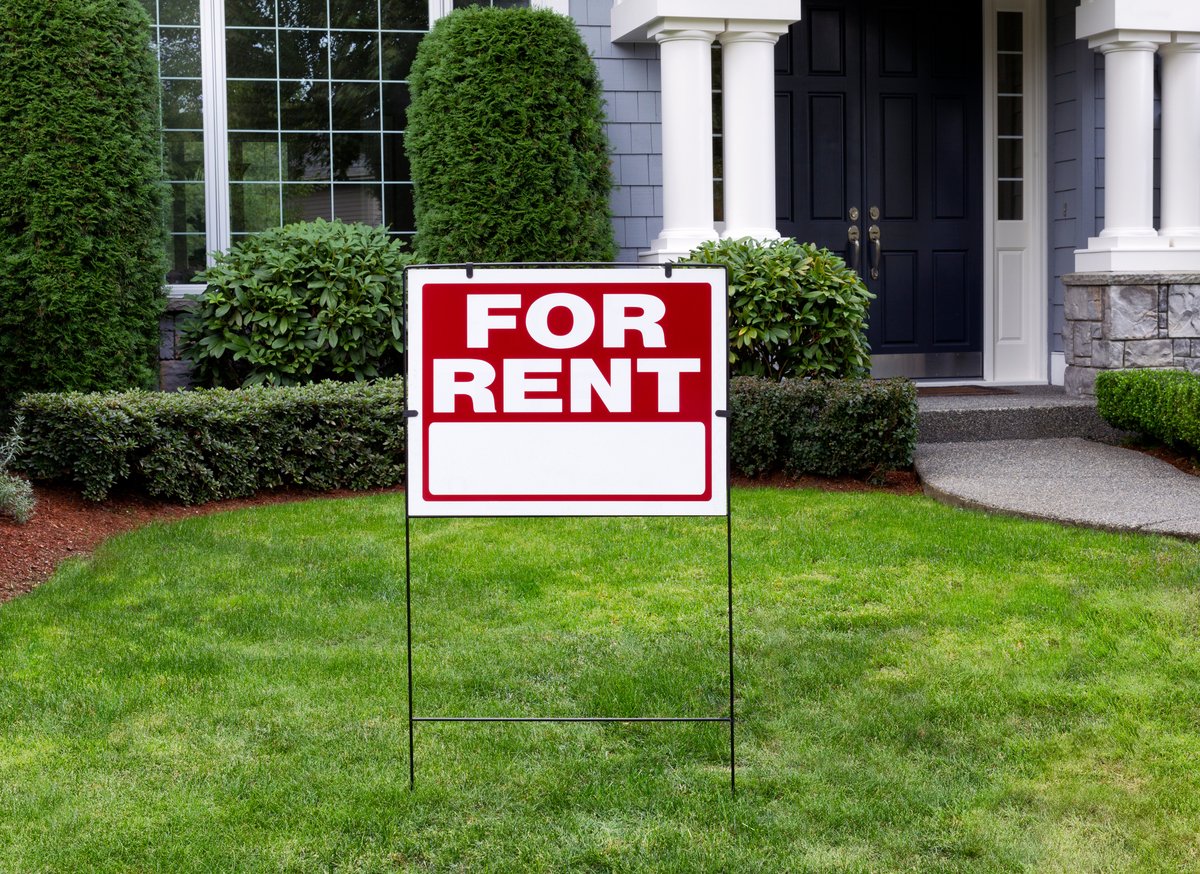The efforts to contain the spread of COVID-19 have led to massive dislocations in the retail sector and put a material crimp on real estate investment trusts (REITs) that focus on the space. However, not all retail REITs are the same, with industry leaders Realty Income (O +0.68%) and Federal Realty (FRT +0.00%) likely to get through the economic headwinds today in relative stride -- just like they've done in previous rough patches.
If you are looking for bargains in the retail REIT sector, this pair of landlords should be on your radar today.
1. Realty Income: Slow and steady
Realty Income is a bellwether name in the net lease niche. This means that it owns properties for which the tenants are responsible for most operating expenses. It's generally a low-risk approach to real estate, with Realty Income revenue coming from the difference between its financing costs and the rental rates it charges. The REIT is one of the biggest players in the space, with a portfolio of more than 6,500 properties across the U.S. and the U.K.

Image source: Getty Images
One of the more impressive metrics at Realty Income is that its dividend, which is paid monthly, has been increased annually for 27 consecutive years. That's a streak that few REITs can match. While its payout ratio may seem high at roughly 85% of funds from operations (FFO), which is like earnings for an industrial firm, that's actually not bad in the net-lease space. Because most of the property operating costs are pushed onto tenants, net-lease REITs can effectively push more income out to shareholders.
Meanwhile, the real estate investment trust has held up reasonably well in the face of COVID-19, collecting roughly 83% of April 2020 rents. And yet the stock is down by a third from its early-year highs. That's had a notable impact on the yield, which at 5.1% or so is near its highest levels of the past decade. Realty Income usually trades at a premium price (and relative to some net-lease peers it still does), but it looks relatively cheap compared to its own history. And even after it added debt to give it some financial flexibility to deal with the COVID-19 shutdowns, the REIT's leverage is still modest, with financial debt to equity below 0.5 times.
You can certainly find higher-yielding net-lease REITs, but erring on the side of safety with a conservatively managed net lease bellwether that looks like it's on sale is just a better option. Dividend growth isn't likely to knock your socks off, historically coming in in the mid-single digits, but slow and steady dividend growth sounds pretty good when you step back and look at the world today.
2. Federal Realty: Built like a rock
Federal Realty is another retail REIT that's got an incredible dividend track record, with a streak of 52 annual dividend hikes behind it. The yield is around 5.3% today. Like Realty Income, that's on the high side of recent history. In fact, Federal Realty's dividend hasn't been as high as it is today since the 2008-09 Great Recession. This looks like a compelling time for long-term investors to look at this retail REIT.
Federal Realty largely owns open-air shopping centers, which often include stores that are frequently visited (think grocery stores and hair salons). Although COVID-19-related social distancing efforts led many of its tenants to shut their doors, it was still able to collect 53% of its April rents. That sounds terrible, but some retail REITs, notably enclosed malls, have struggled to collect even half that much. And as states allow non-essential businesses to start back up again, Federal Realty's open-air properties should quickly recover.
O Financial Debt to Equity (Quarterly) data by YCharts
Meanwhile, Federal Realty is very conservatively managed. Financial debt to equity was roughly 0.75 times at the end of the first quarter after it took on additional debt to give itself extra financial breathing room because of the coronavirus. It's first-quarter FFO payout ratio, meanwhile, was roughly 70%, giving it plenty of leeway in these difficult times.
One interesting feature of Federal Realty's portfolio is that roughly 35% is composed of mixed-use assets. These properties bring together working, living, and "playing" in one space, adding diversification to its retail focus. For example, it owns around 2,700 apartment units. Like Realty Income, Federal Realty's dividend growth won't excite you, coming in at the mid-single digits over the past decade, but the REIT is built to survive tough times. With a historically high yield, conservative investors should take a closer look.
The cleanest dirty shirts
Sadly, there's no such thing as a perfect stock. Realty Income and Federal Realty both have problems to deal with, but they stand above most of their peers in terms of their historical success -- a fact on clear display in their dividend streaks. With generally conservative management approaches and yields that are historically high, income investors of all stripes would do well to consider adding these REITs to their portfolios today.







